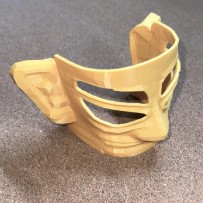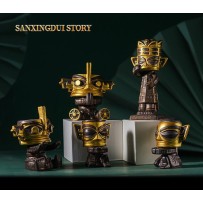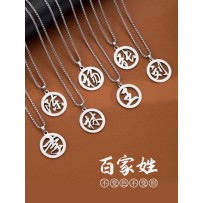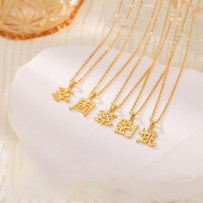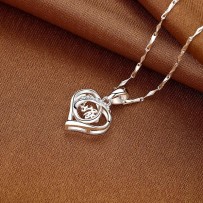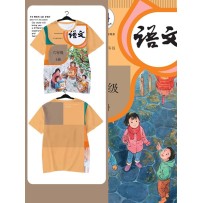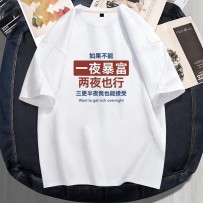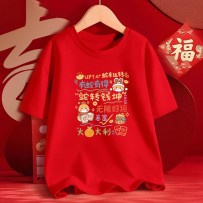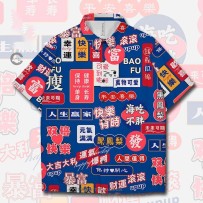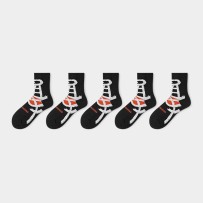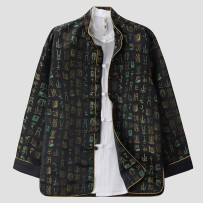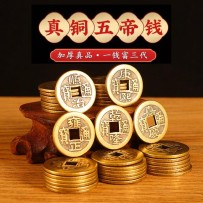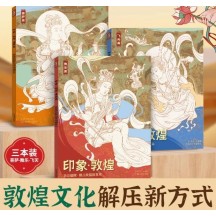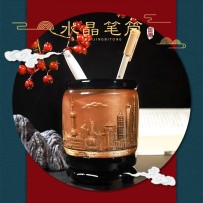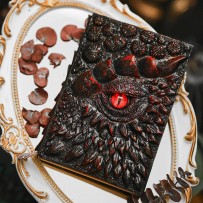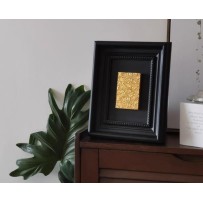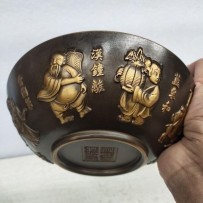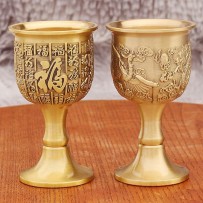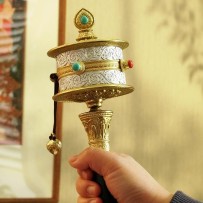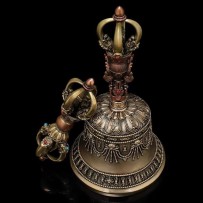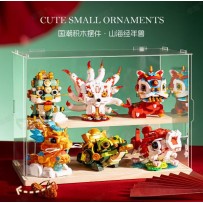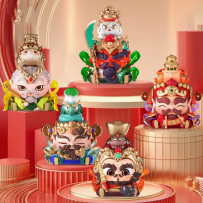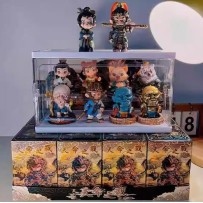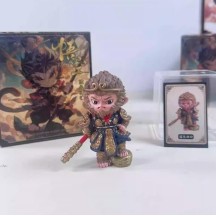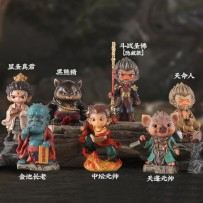The early forms of ancient coins were mainly shellfish. In China, from the late primitive society to the Xia, Shang and Zhou dynasties, the main form of currency was physical currency, and the most widely circulated was natural shellfish. Later, a small amount of metal weighing currency and coins appeared.
Sanxingdui culture can be traced back to the Xia and Shang dynasties, about 3,000 to 5,000 years ago.
The unearthed masks, especially the "bulging-eyed bronze statue" (also known as the "bronze man mask") with abnormally protruding eyeballs, show the uniqueness and mystery of the ancient Shu civilization
Based on the appearance of the Sanxingdui bronze man mask, this 3D printed model basically reproduces the details and unique shape of the original mask.
It cannot be guaranteed to be completely consistent with the unearthed original, so it is only used as a display of space ornaments such as office desks, entertainment and leisure, and national style displays.
Sanxingdui civilization is so brilliant and unique that its interpretation cannot be limited to the material culture level. Sanxingdui's vast ancient city, splendid bronze products, magnificent art and the grand ritual regulations it carries contain the key for future generations to "decode"; gold products, jade, seashells, and ivory are all material manifestations of the ancient Shu civilization system and spirit. Through the analysis of the unearthed cultural relics in Sanxingdui, we can deeply reveal the institutional and civilization characteristics of the ancient Shu Kingdom in Sanxingdui.
The original source of ancient Chinese surnames is the primitive religious worship, totem worship and ancestor worship based on "the way of heaven". Primitive totem worship is the root of ancient Chinese surnames. A large number of ancient documents support this view. Chinese surnames first had surnames and then clan names. The emergence of surnames is a sign that primitive humans gradually got rid of the state of ignorance. Surnames and clan names are two stages of human civilization progress.
The original source of ancient Chinese surnames is the primitive religious worship, totem worship and ancestor worship based on "the way of heaven". Primitive totem worship is the root of ancient Chinese surnames. A large number of ancient documents support this view. Chinese surnames first had surnames and then clan names. The emergence of surnames is a sign that primitive humans gradually got rid of the state of ignorance. Surnames and clan names are two stages of human civilization progress.
Design inspiration: I have you in my heart and I will never leave you. Two hearts intertwined, moving into each other's new house
This dress is made of ice silk quick-drying fabric, which is cool and comfortable to wear
Personalized text short-sleeved fun culture shirt
New Year Good Luck Oversized Short Sleeve Shirt
Cotton socks trendy national style sports deodorant breathable autumn and winter mid-tube socks
Oracle gold-stamped jacquard hand-buttoned jacket
The Ten Emperors' Coins are copper coins with the reign titles of the ten emperors: Shunzhi, Kangxi, Yongzheng, Qianlong, Jiaqing, Daoguang, Xianfeng, Tongzhi, Guangxu and Xuantong. They are now commonly known as the Ten Emperors' Coins.
The Five Emperors' Coins refer to copper coins with round holes and square holes. Ancient copper coins were cast according to the principle of "round outside and square inside" and "harmony between man and nature". They are the embodiment of the ancient Yin-Yang and Five Elements theory and have a profound cultural attribute.
Depicting Dunhuang with Careful Concentration
May the blessings of Dunhuang stick to you and bring you endless fun and good luck.
The jade seal refers specifically to the seal of the emperor, which is a symbol of supreme power. It is made of gold or jade. The seal first appeared in the Zhou Dynasty. In the pre-Qin period, the seal and the seal were commonly called. It was not until the Qin Dynasty that the seal and the seal were distinguished. The seal used by the emperor was called a seal, while the seal used by the subjects could only be called an seal.
Dragon Book Demon Eye Resin Relief Material Handicraft
Relief is a type of sculpture in which the artist carves the image he wants to create on a flat plate, making it out of the plane of the original material.
According to legend, when the peonies were in full bloom on Penglai Island, the immortal Baiyun invited the Eight Immortals and the Five Sages to join in the celebration. On the way back, Li Tieguai suggested that they not take the boat but find their own way. This is the origin of the saying “The Eight Immortals cross the sea, each showing their magical powers” or “The Eight Immortals cross the sea, each relying on their own abilities”.
Brass + sandalwood,Relief craft, colored beads inlay
Using high-quality copper as raw material, it is repeatedly tempered through multiple processes such as grinding, modification, and polishing.
Wisdom is the concentrated embodiment of talent and spirituality, and is the key to open the door to a person's wisdom.
Having wisdom is not only an expectation for oneself, but also a blessing for others.
"Classic of Mountains and Seas" is an ancient book from the pre-Qin period. The author is unknown. It is a mythological geography book that contains strange and far-fetched stories and collects rare and precious objects.
Based on the representative images of the Five Gods of Wealth in traditional folk culture, combined with the characteristics and meaning of each god of wealth, and integrating the current trend of national aesthetics, we have created a series of Five Gods of Wealth figures and their peripheral products.










